These are presented in no specific order.
We did a tour in Siem Reap of the APOPO center; APOPO is a
acronym in some European language, but it’s basically a group that’s
helping to clear land mines in several different countries using rats.
Specifically, Giant African Pouch Rats, which are rats the size of a
domestic cat. We had a chance to handle one, and they are
incredibly sweet animals that lick your face like they were a dog
showing you affection. It turns out more than two dozen people
were killed in Cambodia last year by left over land mines and unexploded
ordinance, which is a small and dwindling number thanks in part to these
guys. Total deaths in the last decade were sixty five thousand
people.
 |
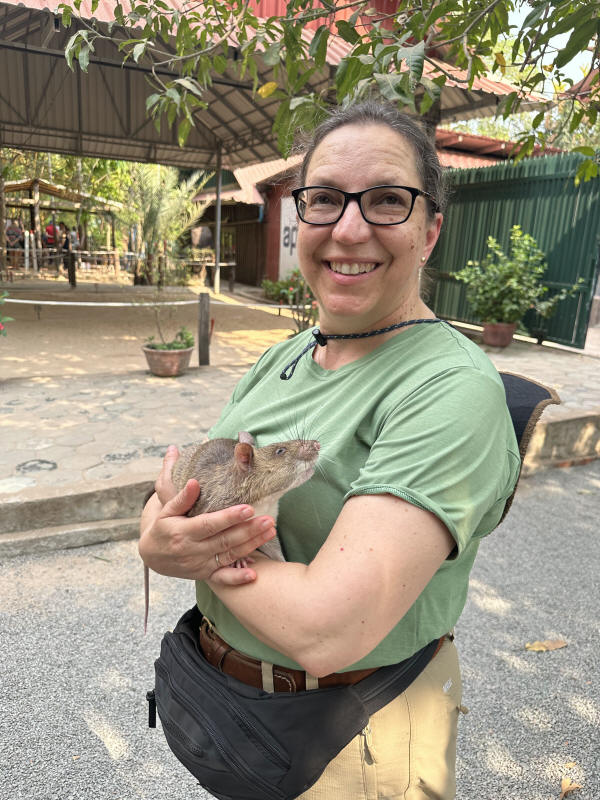 |
 |
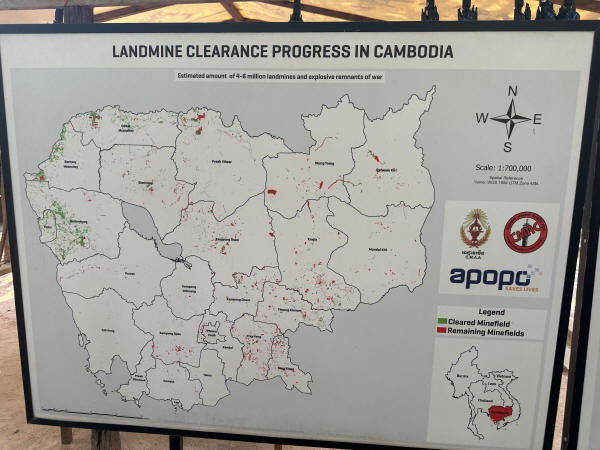 |
One thing you can’t escape from in Cambodia are Pagodas. Pagodas are a place of worship and the communal home of monks, who all seem to dress in the same orange robes. That differentiates them from temples like Ankgor Wat. There’s always a large gate advertising the Pagoda, but it’s on the main road. The Pagodas are usually set far back from the street, one would assume to provide the appropriate peace needed to meditate. The monks do blessings and the like, and they provide giant Stupas to place the bones or ashes of the dead. On the roads around Phnom Penh, there seemed to be a Pagoda every 10 km (six miles) or so.
Conveniently enough, if you're too far from a Pagoda they have mobile cremation units (shown below) they can ship to you, and there's the equivalent for weddings as well. They sit on the side of the road and play very loud music that can last for several days.
We were blessed in a private ceremony at a Pagoda near Angkor Wat. After offerings of dried fruit and ginger ale, the monk chanted while splashing us with water and throwing flower pedals over us, then tying a red string around our wrists to indicate we've been blessed. The only trick is that it only lasts three days.
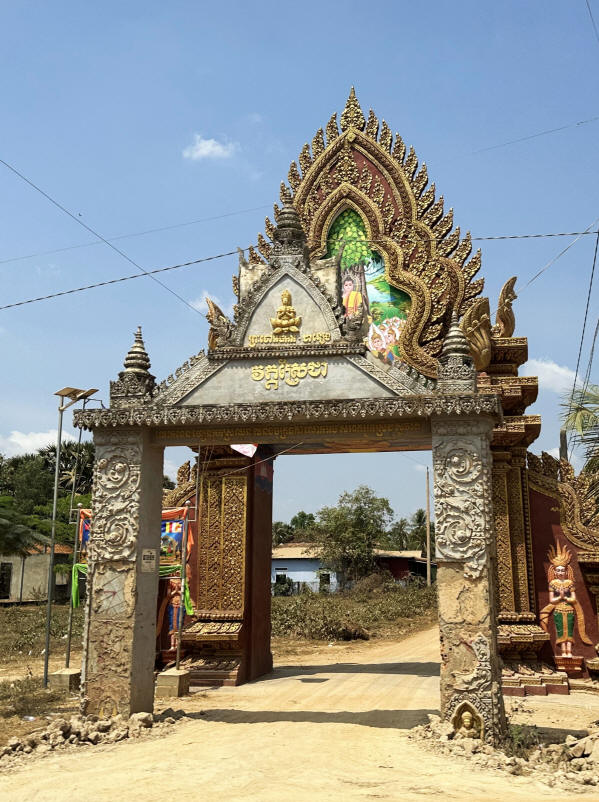 |
 |
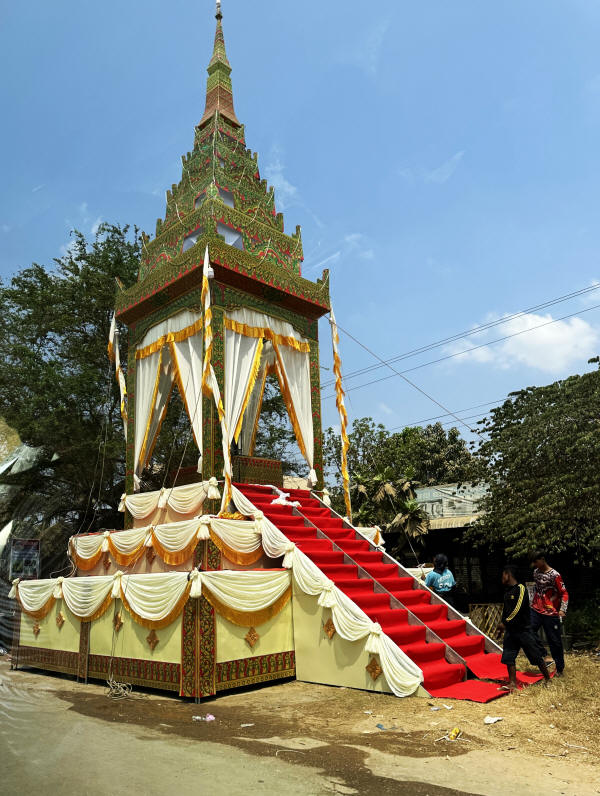 |
 |
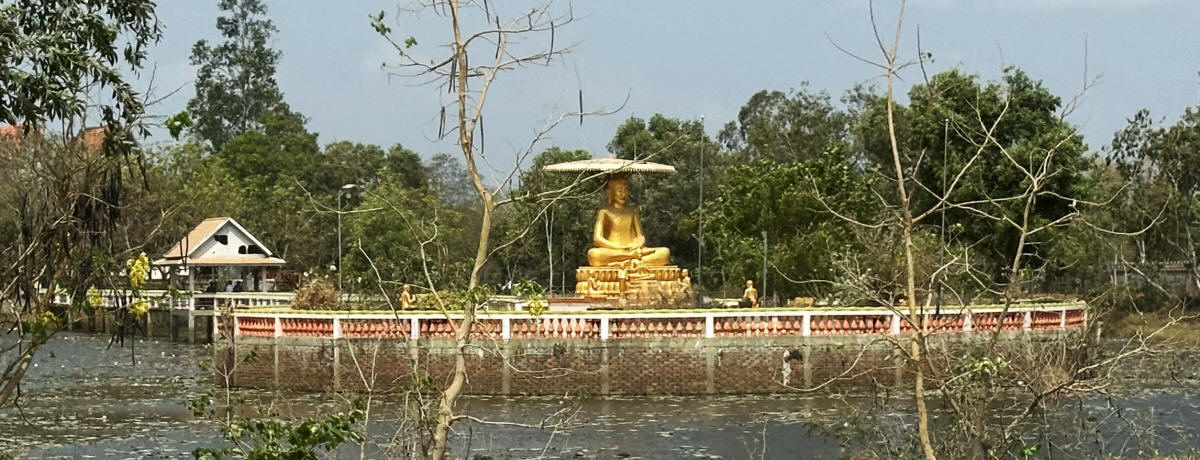

We visited the Wat Kirisan temple (yes I know, and to make it worse, outside it was a Pagoda) in Phnom Sor, the “cave of a thousand rice fields.” To make matters a little more confusing, that’s according to the tour itinerary; the sign called it “Neang Rum Sai Sork cave.” Have no idea why it is the cave of a thousand rice fields nor was the guide particularly informative. The temple is not actually in a cave; the cave leads to a crater that’s open to the sky. In the cave complex, you can find places where people worship and leave things; sometimes rather random things. Here and there, Buddha's are erected and people leave burning incense around them.
We exited via a different cave, and drove to what felt like the other side of the small limestone mountain to climb a steep set of stairs, which lead to a grand view of the area, plus another cave, and rather than a temple, this one had lots of bats, which were more fun.
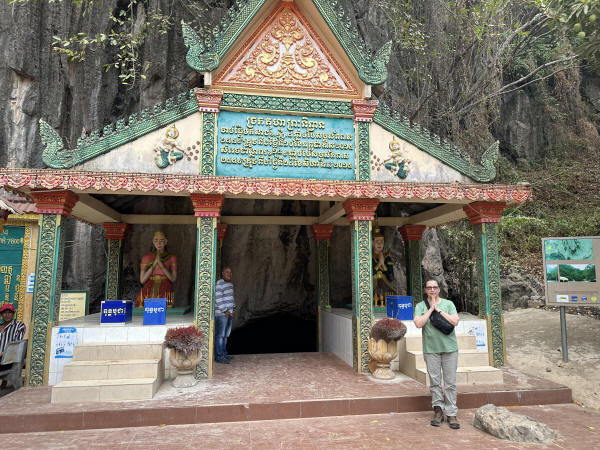 |
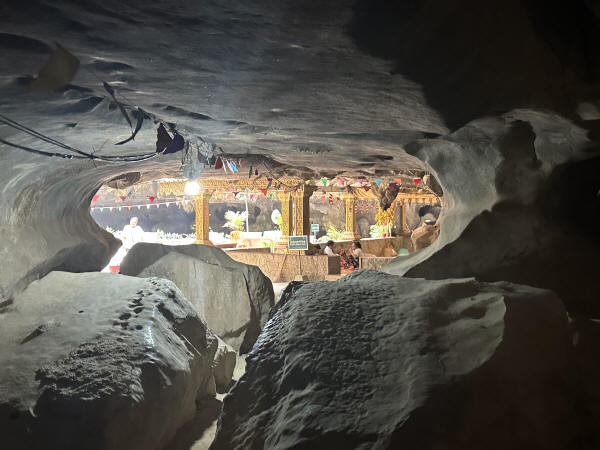 |
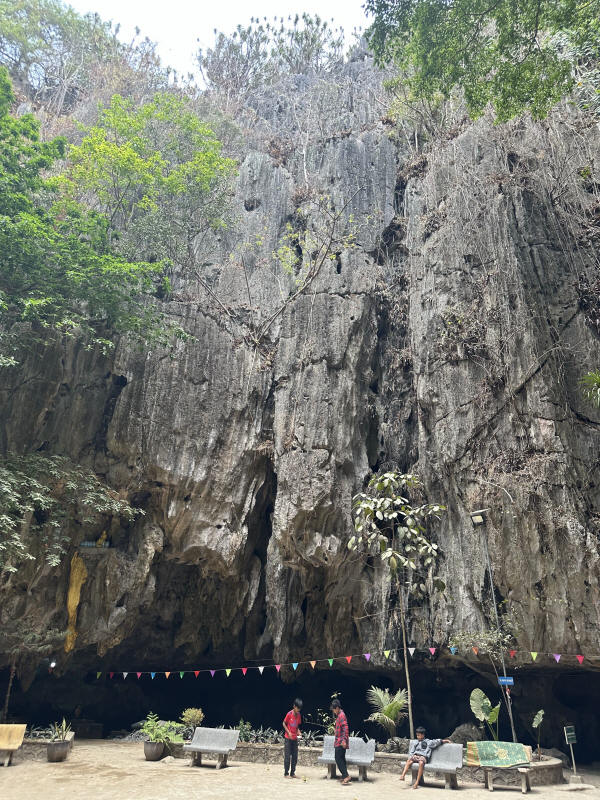 |
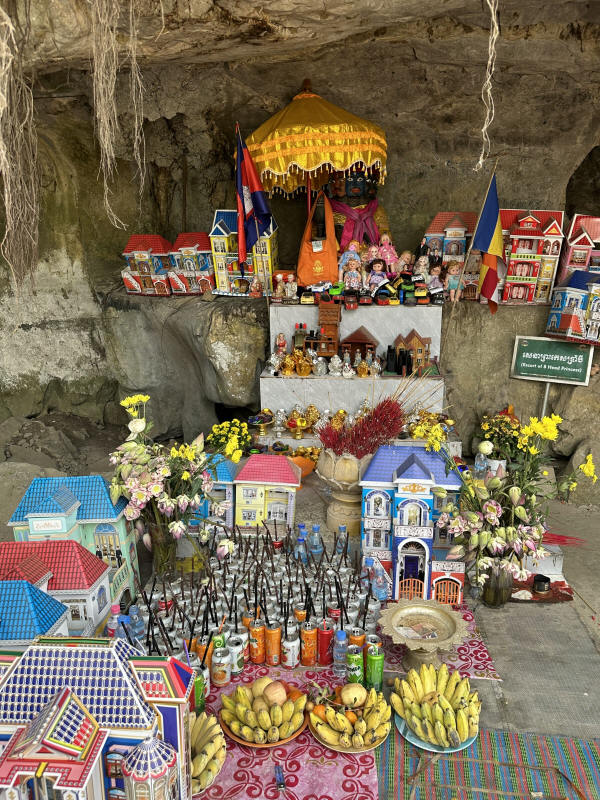 |
 |
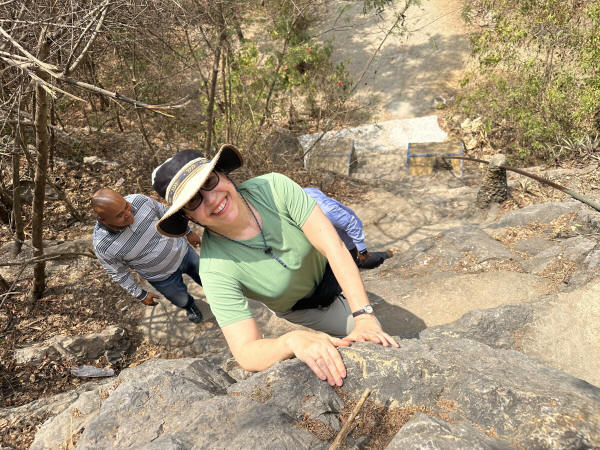 |
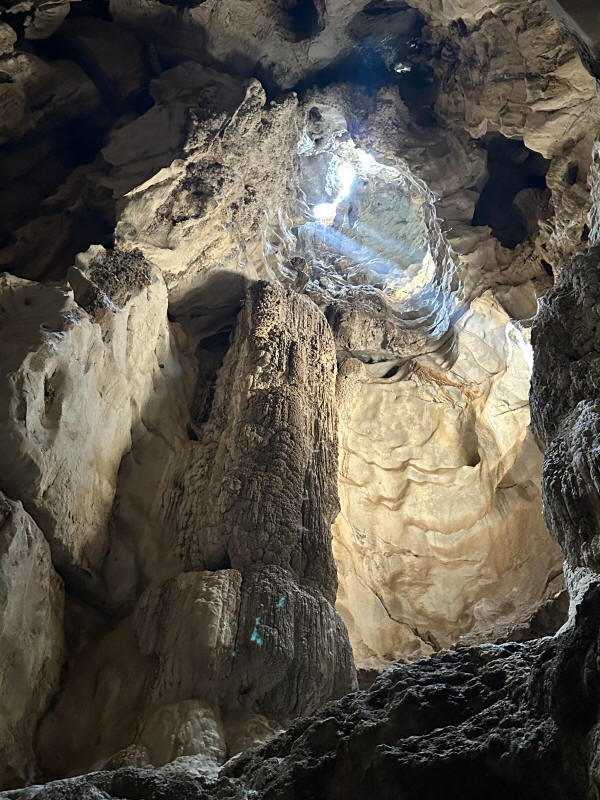 |
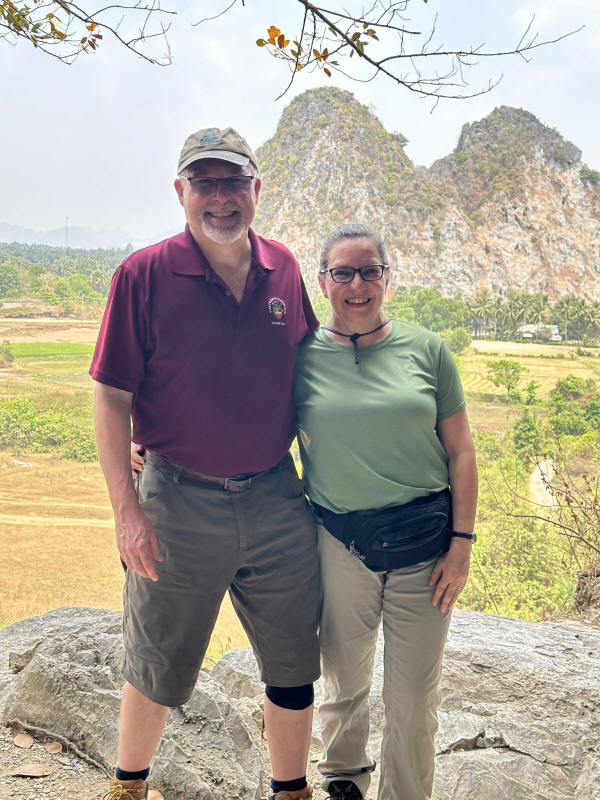 |

We visited a “green” eco-friendly farm, “La Plantation,” who’s primary crop is pepper (the kind you grind, not like Thai chili peppers). That was interesting, because who knew that pepper corns grow on vines that need tall poles to grow to the appropriate size? Or that white, green, red and black pepper are all the same thing, just harvested at different times.
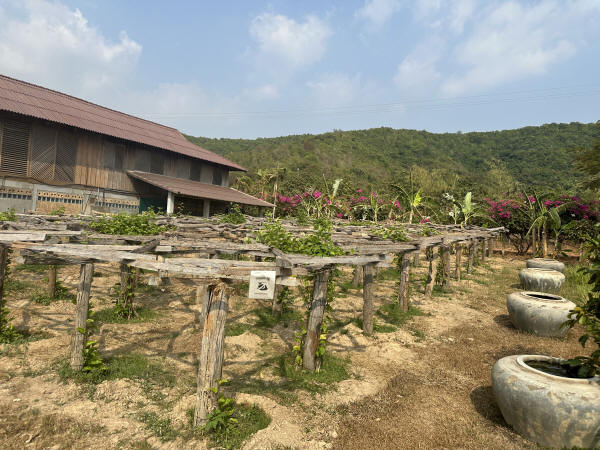 |
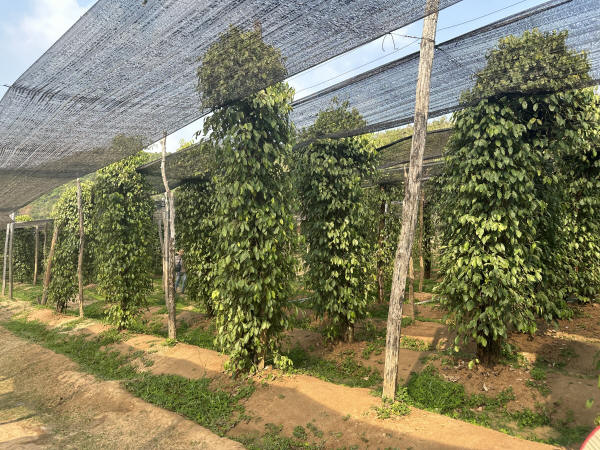 |
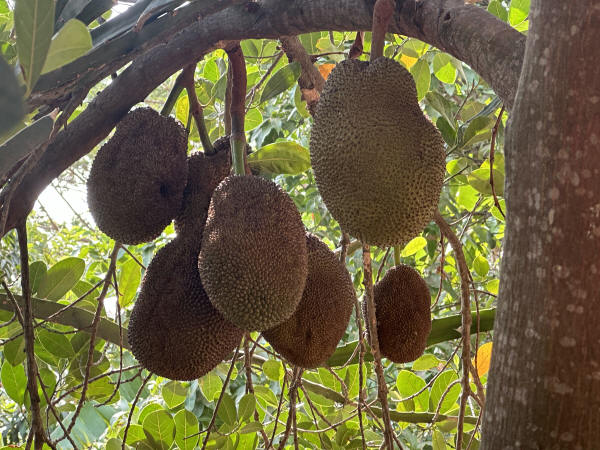 |
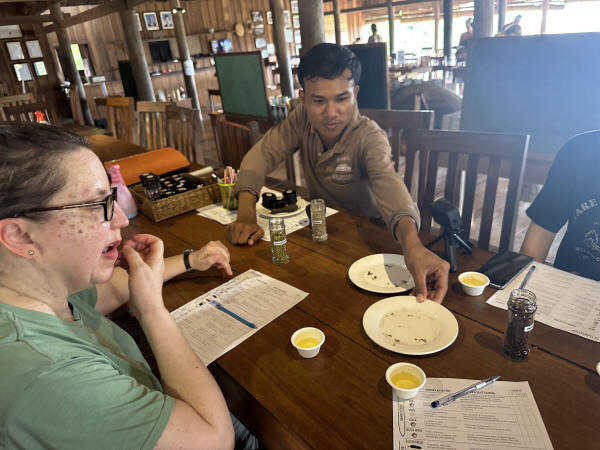 |
We visited the seaside town of Kep, which has a famous local crab market. Which is amazing because it’s acres of small vendors with unrefrigerated huge bowls of fish, squid, shrimp, and other seafood. Couldn’t imagine how they could keep it from going bad, because while there were a fair number of locals shopping, not enough to eat a tenth of the food there. A hundredth.

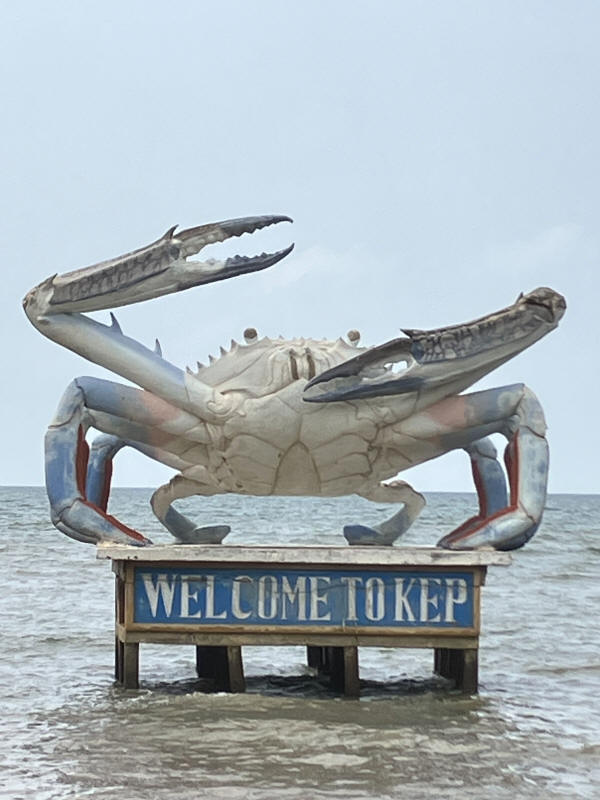 |
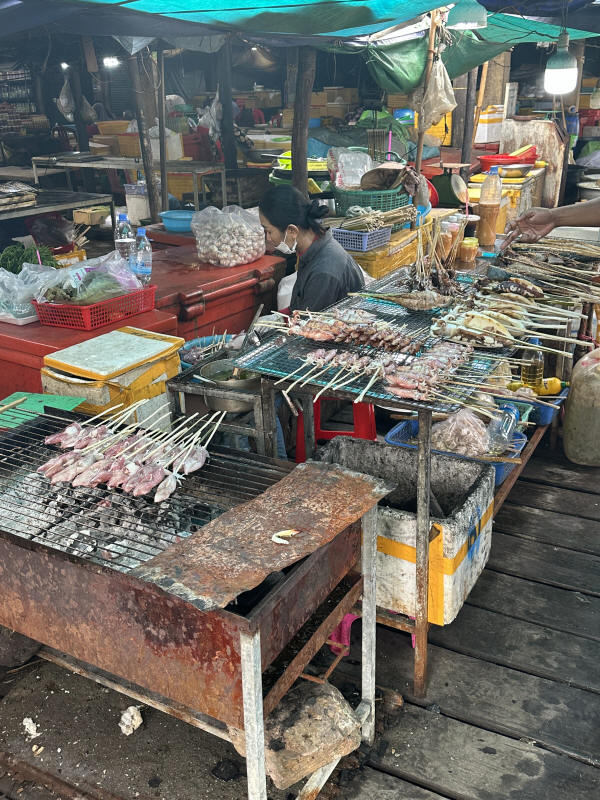 |
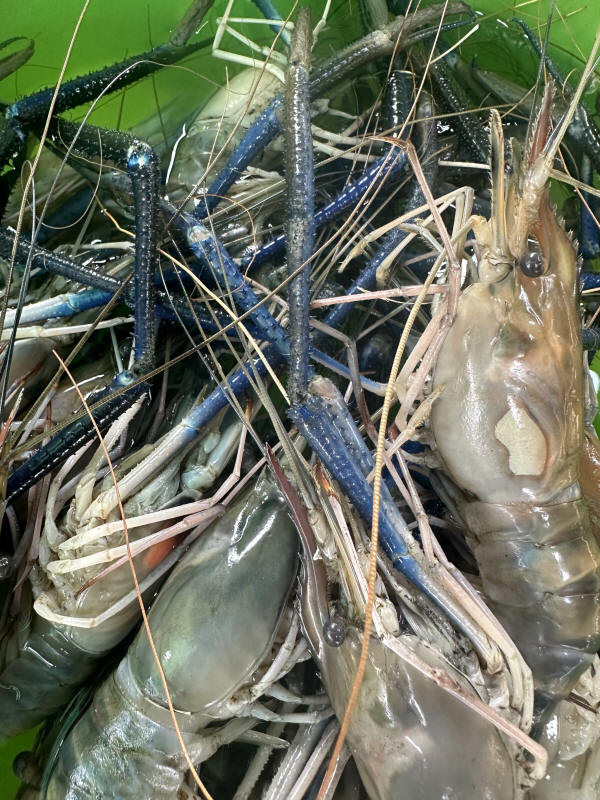 |
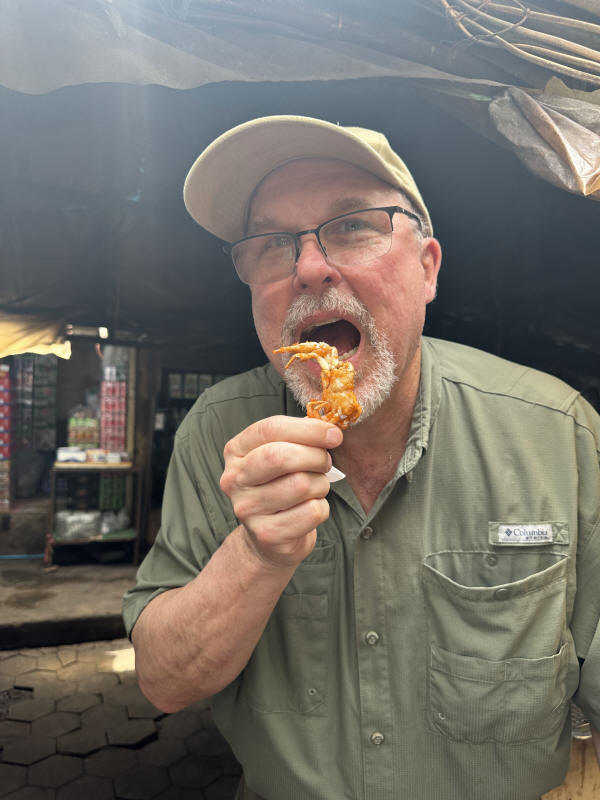 |
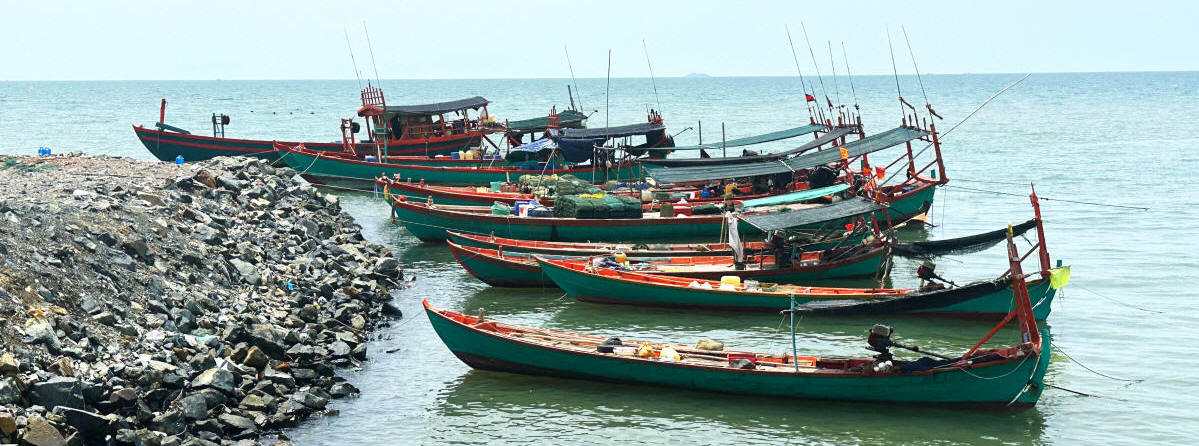
We visited Bokor National Park / Bokor Mountain to see things that weren’t there, but we saw other things instead. That included the ruins of the King’s Palace (which I’d call more the King’s vacation spot), the creepy Old Catholic Church, and the very odd Le Bokor Palace, a self-proclaimed “six star hotel.” It wasn’t that; it seems to be a “open if someone rents a room” hotel from the 1930s that has been renovated but not changed. It was closed, but you could peer inside and see furniture and features that looked like you’ve travelled back in time. Then we stopped at Wat Sampor Pram, a 100 year old temple (Pagoda?) so named because of an unusual rock formation nearby.
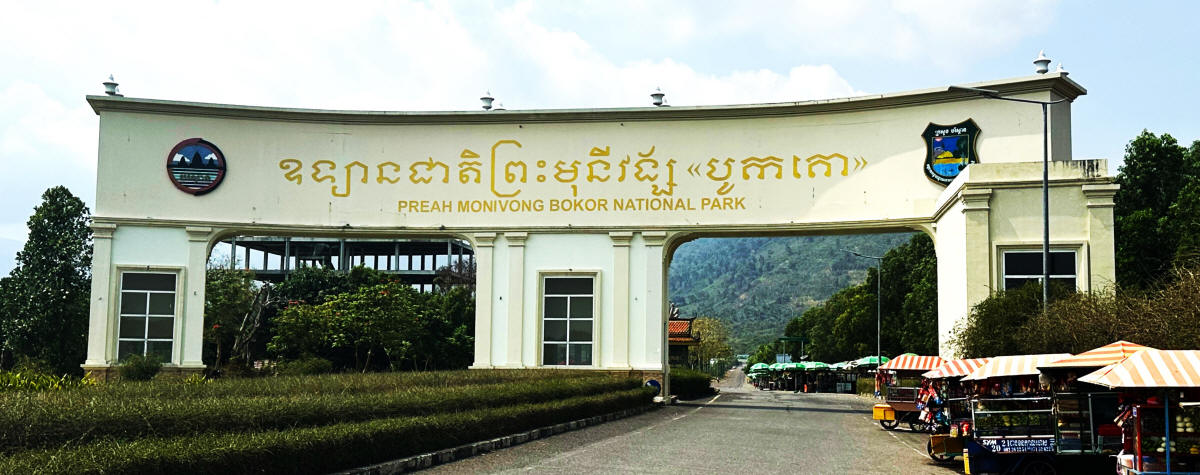
 |
 |
 |
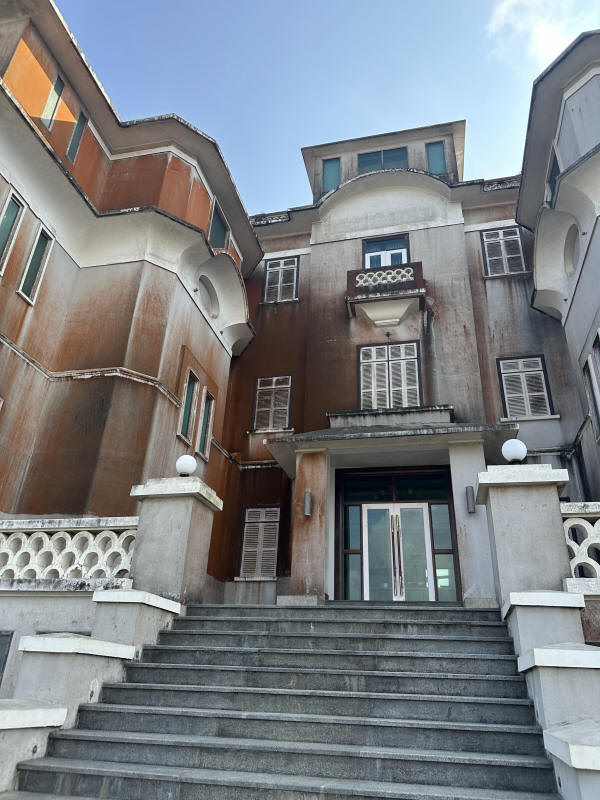 |
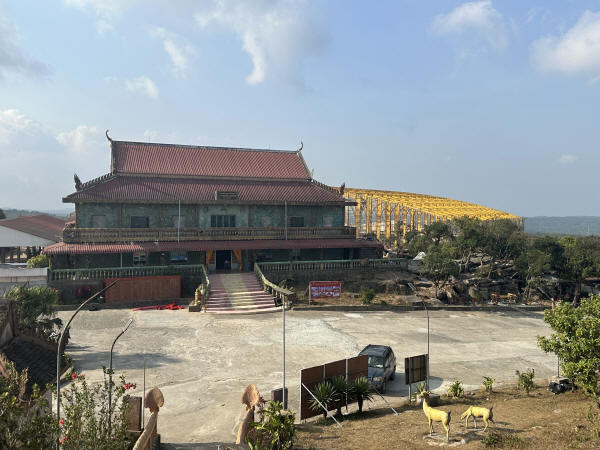 |
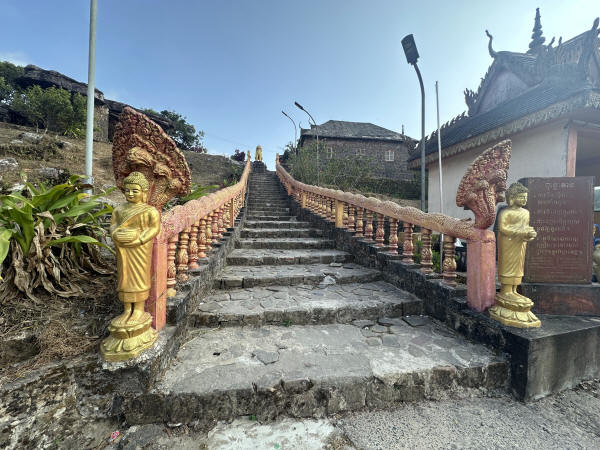 |
 |
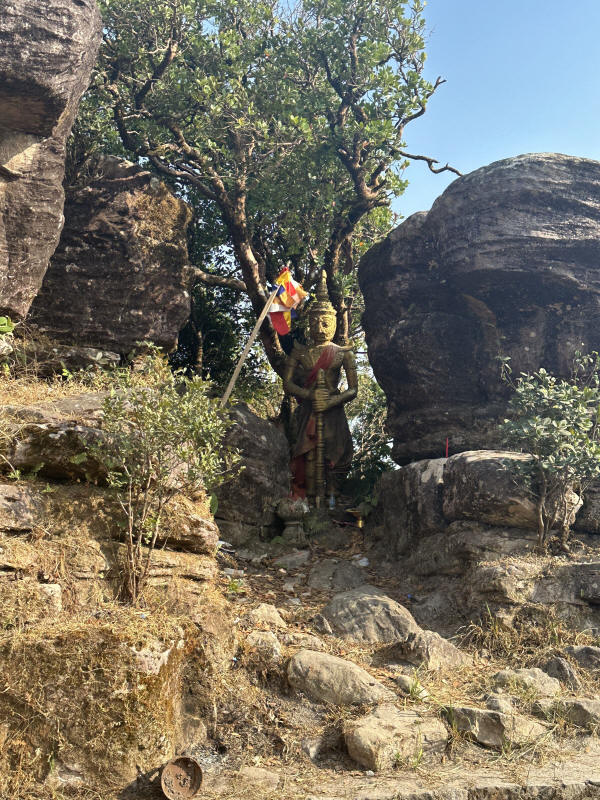 |

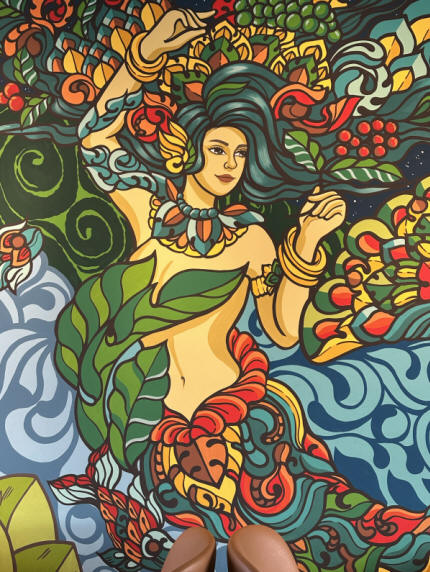  |
|
 |
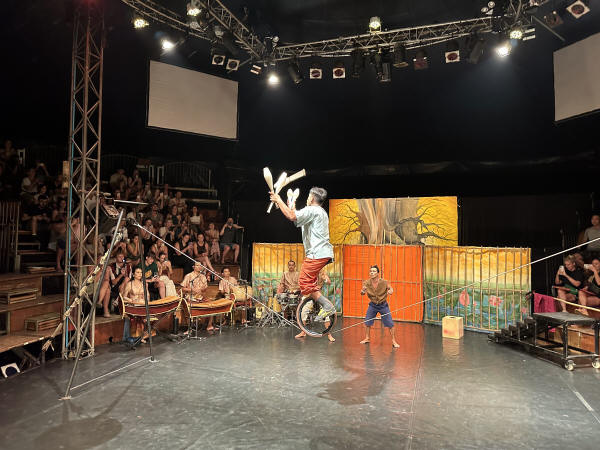 |
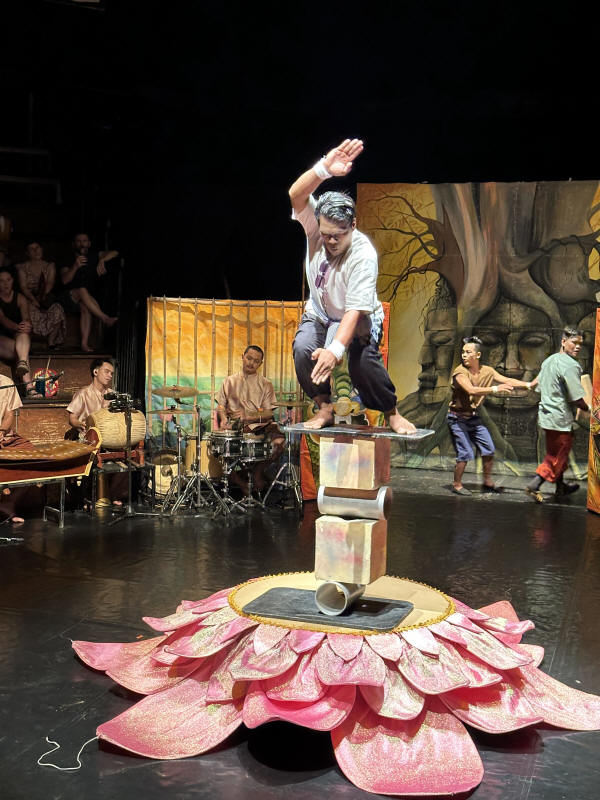 |
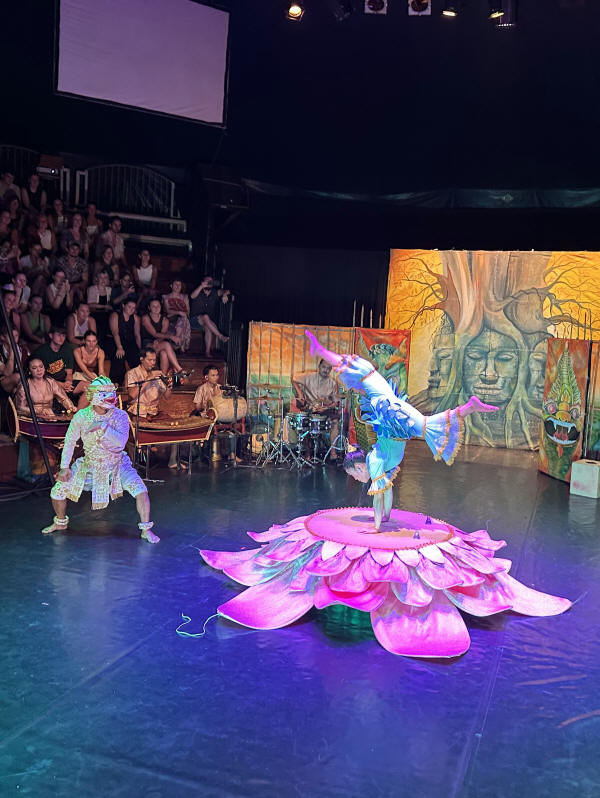 |
Some random shots that I just thought were kind of interesting...
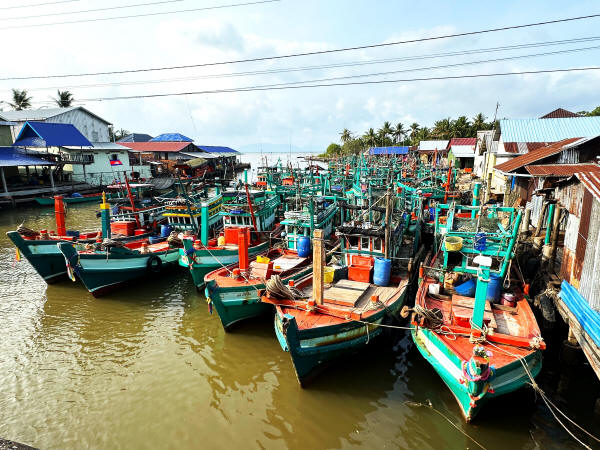 |
 |
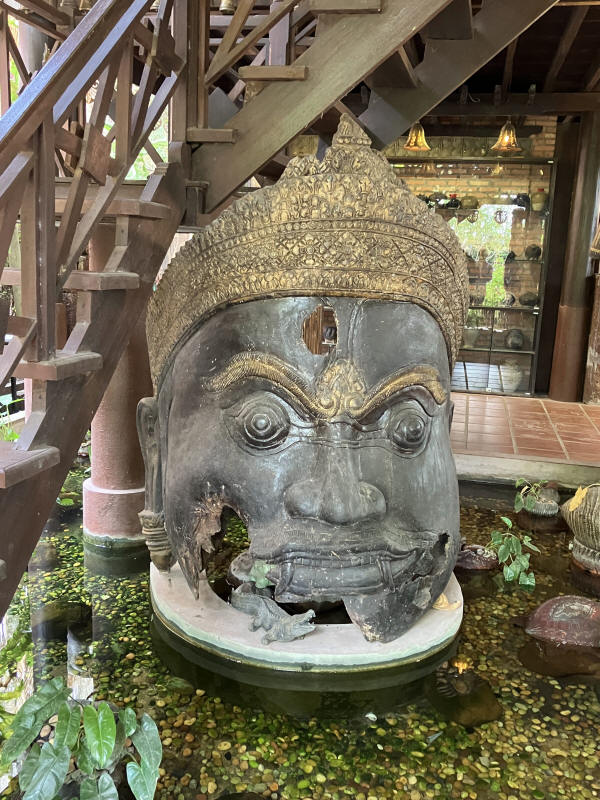 |
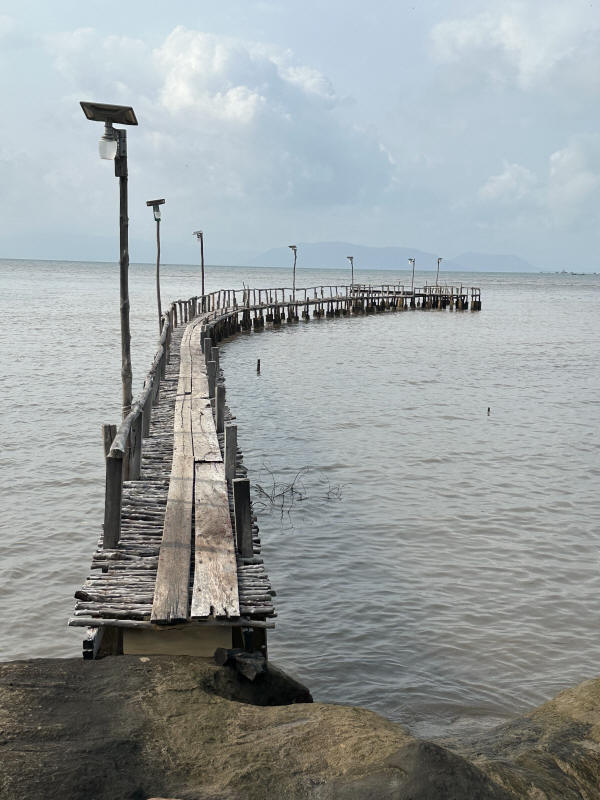 |
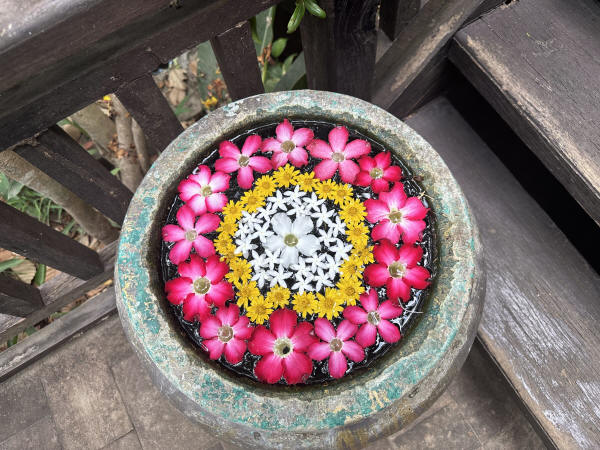 |
 |
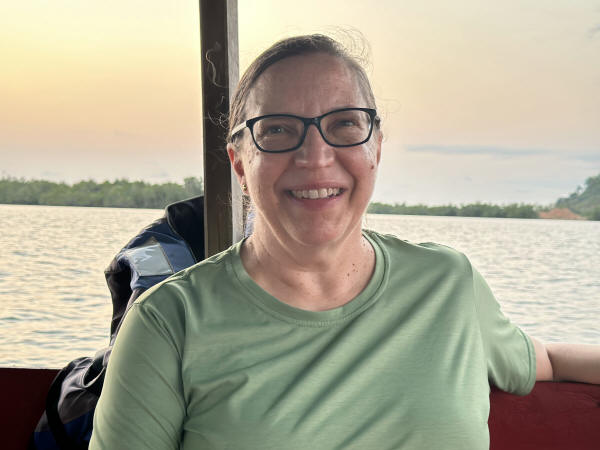 |
 |

| And, finally, a shot of “The Tree of Forever Love” (not to be confused with the old vanilla "Tree of Love") which I saw on Google maps but couldn’t actually tell what it was. But it’s nice to know there is such a thing. |  |
| Back to main page | On to travel details |